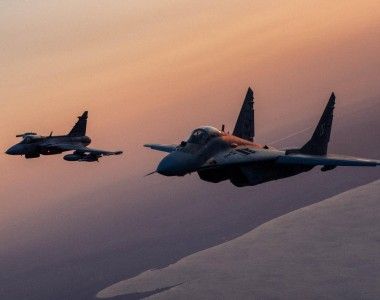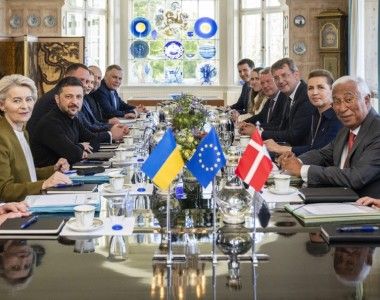Military Mobility - A Key in Defending the NATO Eastern Flank
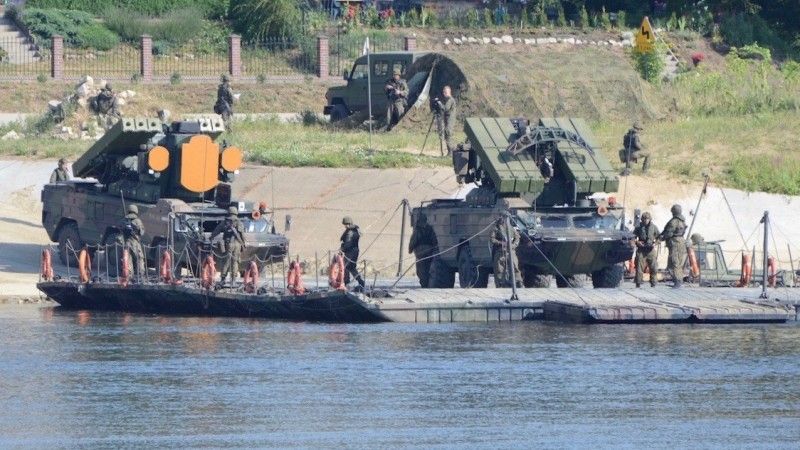
Abolishment of procedural and legal barriers, infrastructure improvement and better coordination of the activities are all viewed as factors that play the key role in ensuring free deployment of forces in Europe - this is what the Estonian International Centre for Defence and Security think-tank suggests in its analysis, conducted in collaboration with the Center for European Policy Analysis.
The Estonian International Centre for Defence and Security, working jointly with the Center for European Policy Analysis institute, have just published a report, entitled “Until Something Moves. Reinforcing the Baltic Region in Crisis and War” - Defence24 has gained relevant access to that document. The publication in question pertains to NATO’s mobility in Europe, namely the alliance’s ability to send in reinforcements and create a military detachment on its eastern flank.
The report has been based on the available literature and a series of interviews with persons involved in military deployments, at NATO HQ, US European Command (EUCOM); US Army Europe (USAREUR); Joint Support and Enabling Command (JSEC). The authors also interviewed representatives of the ministries of defense and military command staffs of Poland, Baltic States, Estonian and Lithuanian railways and the Estonian Ministry of Economic Affairs and Communications. What’s worth emphasizing, gen. Frederick Benjamin “Ben” Hodges, a practitioner, US Army Europe commander (2014-2017) is one of the authors of the report.
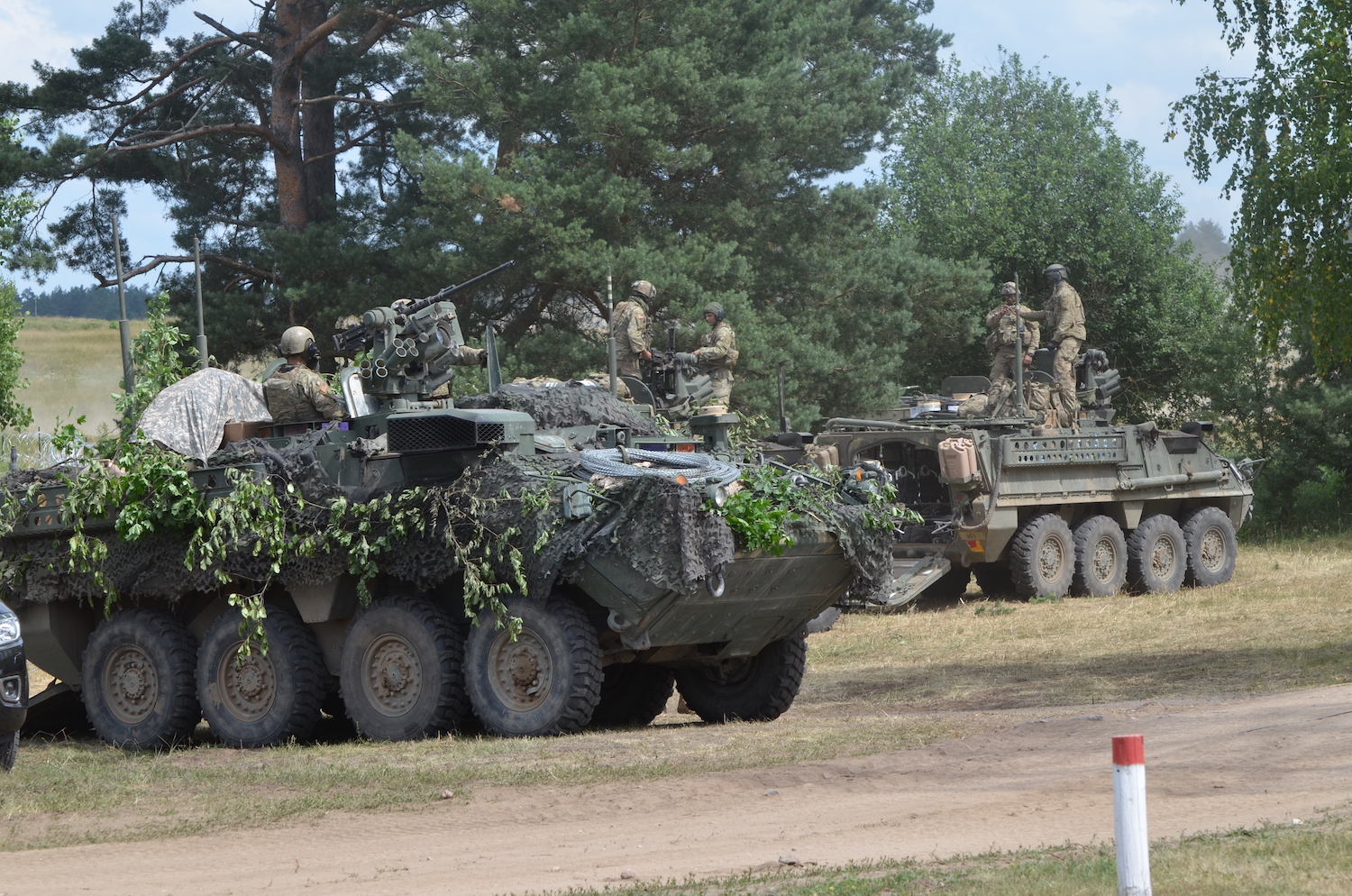
The authors admit that, in the light of the geopolitical changes in Europe, caused by the 2014 Russian aggression against Ukraine, NATO has undertaken a number of initiatives aimed at increasing the alliance’s ability to defend its easternmost members.
For that purpose, it was decided to reinforce the NATO forward presence in the region – international battalion battle groups have been deployed to Poland and to the Baltics for that purpose. However, this is not everything. The ability to rapidly deploy significant assets to the area where the enemy initiates aggression is going to play a key role in a large scale conflict. Not only is the above important, in case of a potential war, as it is also a relevant deterrent. For that purpose, the report claims, NATO needs to be able to efficiently deploy large military elements to Eastern Europe.
The authors list a series of initiatives that NATO has undertaken to improve its capabilities in that area, starting from 2014. Establishment of the Joint Support and Enabling Command (JSEC) is one of those steps. This element is to ensure operational freedom and maintain the back-end when it comes to supporting rapid military/equipment moves to and via Europe. The command in question has been established in line with the arrangements made during the 2018 NATO ministerial meeting. The element is located in Germany. Larger exercises, involving movement of larger elements, such as Trident Juncture 2018 involving 50 thousand soldiers in total, deployed during 180 flights and on 60 vessels, tend to be helpful here. The same can be said about the Defender-Europe 20 exercise – even though the scope of the aforesaid operation has been limited due to the COVID-19 pandemic. The analysts also praise the fact that military mobility has become a flagship within Europe, being a trademark of collaboration established by and between the EU and NATO, the two key players in the region. Despite the above, many things can be improved in the area of military mobility.
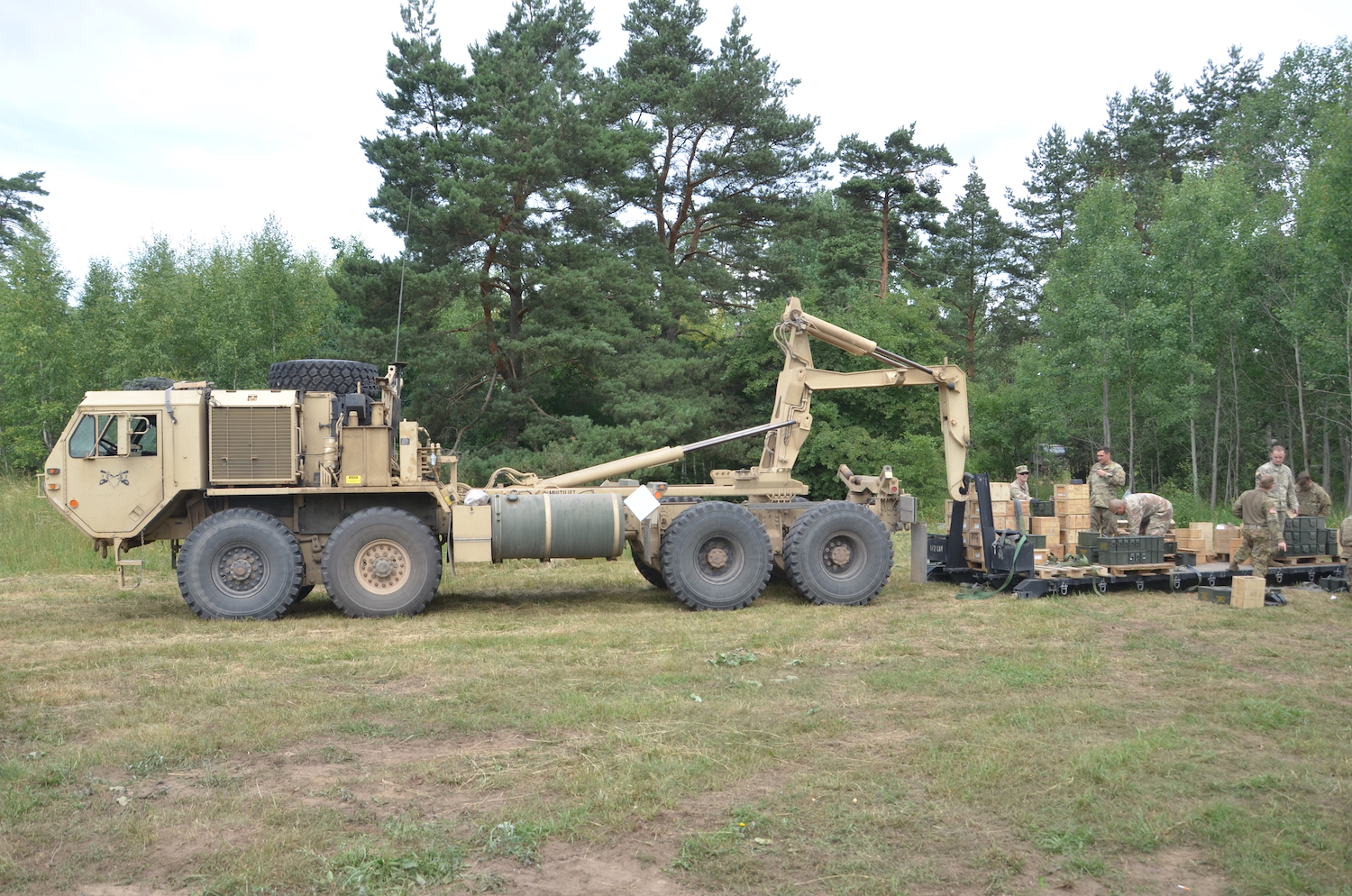
The report mentions three domains that shall be emphasized. The problems can be found in the three areas as follows:
- Legal and procedural obstacles;
- Limited capacity of the infrastructure;
- Coordination and C2 matters.
The seriousness of the threat associated with deficiencies within that scope tends to differ, depending on the threat that the alliance would be facing. Should a full scale conflict break out, in which NATO would be forced even to get territories of the allied nations back, the deployment problems could turn out to be huge, or even unsolvable, without a preventative deployment before the conflict even begins.
Law and Procedures
When it comes to legal and procedural obstacles, NATO and the EU have already begun work on mitigating these issues. However, the sheer quantity of processes involved in legalization of a deployment as such makes the matter incredibly complex. These matters seem to be the easiest to be resolved today. They require work, but significant expenditure is not really needed here. Despite the above, as the report shows, in case of major movements during a conflict, the paperwork may result in delays. Despite the fact that some countries like the Baltic States have significantly accelerated their procedures during the last few years, in some Western European countries the paperwork still may last weeks.
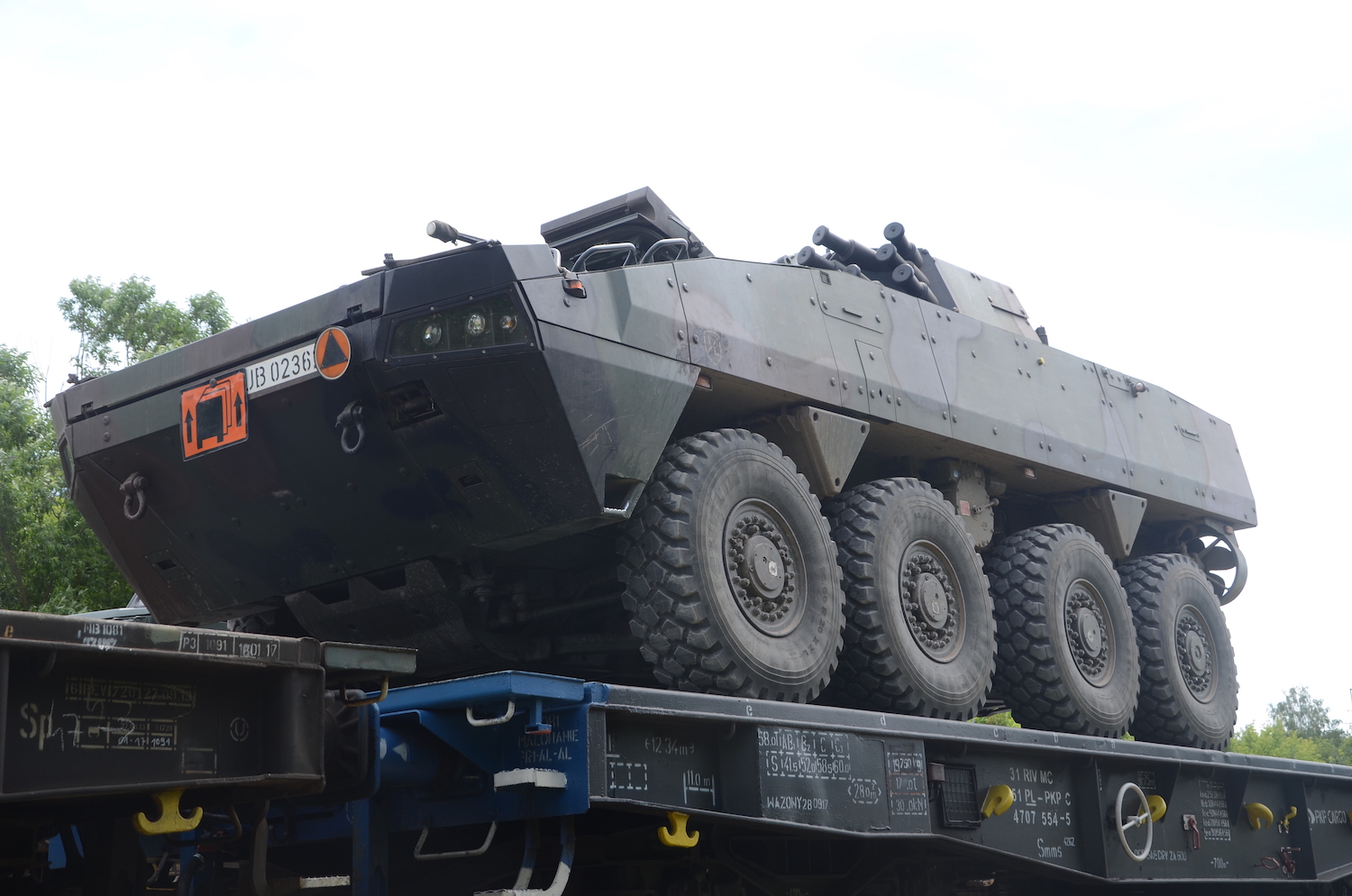
The authors do suggest that the work shall be continued for the sake of mitigating any potential barriers that could emerge, both during the border crossing process, as well as within the territories of the individual nations. The above refers to matters such as the highway code, customs and taxes. For the above purpose, the existing organs and forums shall be used, such as: NATO Movement and Transport Working Group, EU Permanent Structured Cooperation military mobility project or Management Committee for Optimizing Cross Border Movement Permissions in Europe. These shall be useful in search for the best solutions and in the process of standardization. Steps should be made to highlight the legal and procedural issues, and political pressure shall be exerted, towards liquidation of those problems.
Infrastructure
Infrastructure deficiencies are also placed within the area of Euroatlantic collaboration. EU and NATO remain involved here, trying to adopt the transport infrastructure to the needs of military transport. The problems here include the limitations of road surface weight capacity, bridges capacity and railway traffic limits. Railway is the most optimal transport measure, from the point of view of large scale deployments. Procedural and ownership problems occur, when it comes to using some of that infrastructure. The authors suggest that, currently, the quantity of civil transport assets that could be used in military movements during the peacetime and for the sake of exercises is sufficient. However, it would be quite difficult to face a situation in which a major crisis-response-related deployment would be required. The report also stresses the fact that no logistics-related infrastructure is available in the Baltic Sea area, that could be used to receive and host reinforcements in the region.
According to the report, major emphasis should also placed on the railway network - it should play the primary role in deployments of major forces in the region, primarily when it comes to heavy equipment, starting from the loading location (immediately after the assets leave the bases or storage in Europe or after they are unloaded), to finish with the operational area where the forces should gain their full combat potential. In addition, differences in railway gauge might further complicate the transport of the forces. The Baltic States in the most cases use the Russian-standard 1520 mm gauge, while in Poland and other NATO countries 1435 mm gauge is used.
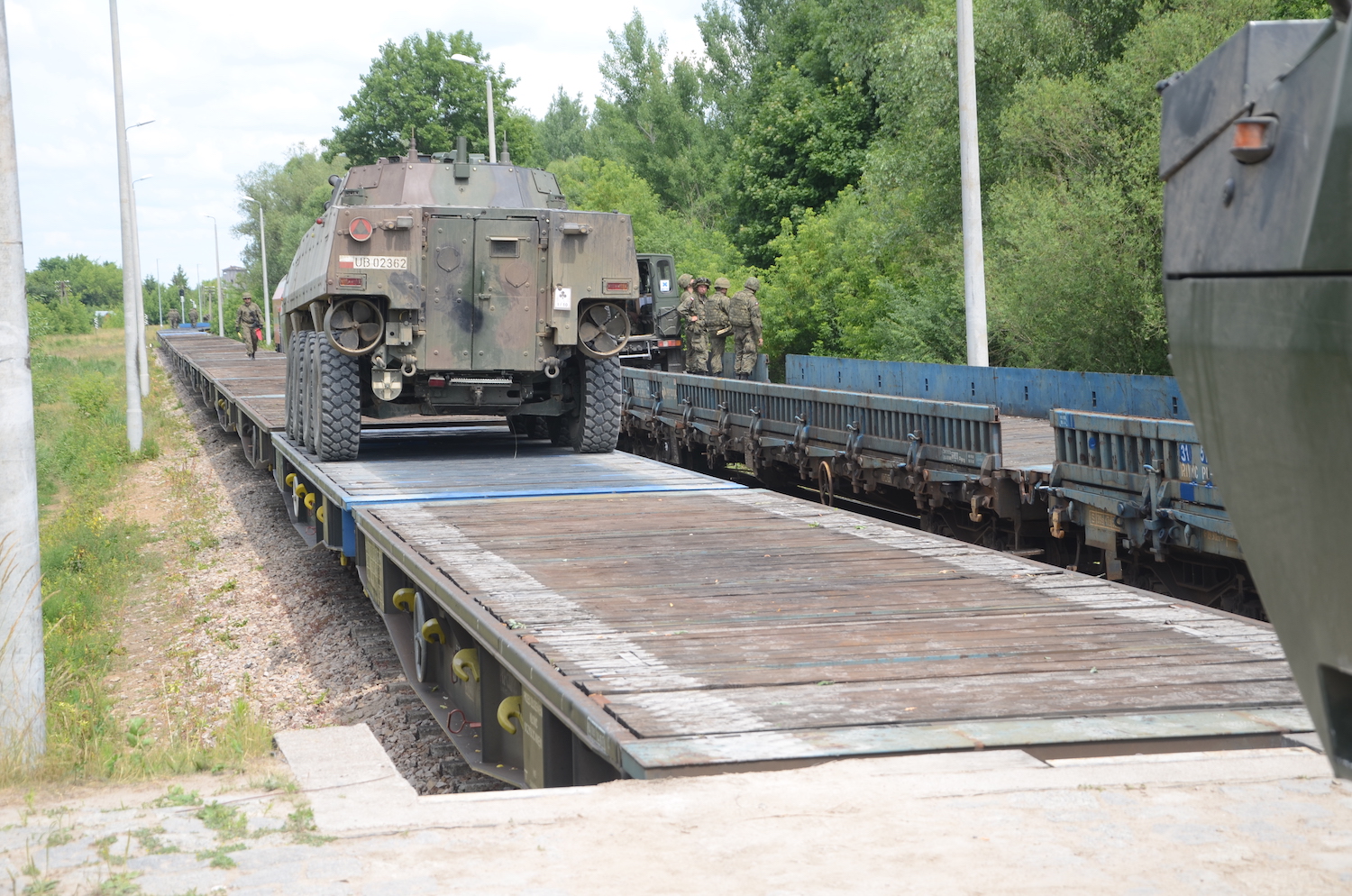
The road network should still be a subject to further enhancements, so that it needs military transport standards. The above pertains to increased capacity of bridges, so that these bridges could accommodate passage of the heaviest armor, M1A2 Abrams main battle tanks and semi-trailer tank carriers carrying those tanks included. The deployment via the road network is to be an extra option only, enhancing the certainty of the deployment. Using the road network in parallel to the railways also makes it possible to increase the volume of forces that can be moved at once. Finally, the road network is also important in the area of combat operations, where it is useful to conduct efficient movement of the forces involved in the activities. The use of road network, however, may prove particularly difficult in the Baltic Countries (Lithuania, Latvia, Estonia). The quality of road network in the Baltic Countries is low even if we compare it to the existing (and being expanded) road network in Poland. The latter is still insufficient to support large-scale force movements, as even some of the motorways do not meet appropriate standards from the military mobility point of view.
The authors also consider guaranteeing of transport assets (rail wagons with appropriate carrying capacity, road semi-trailer carriers) to be indispensable. The above refers to the ability to deploy NATO response force and to provide reinforcements, so called “follow-on-forces” included. This can be achieved through centralized, international financing in the areas listed above. Taking the civil and military needs into account, in the process of creating or modernizing the EU-financed European infrastructure may also turn out to be helpful here. The infrastructure does not have to be created by the EU, its emergence may also result from cooperation between groups of states.
The infrastructure capacity problems are to be resolved through standardization of the convoy escort procedures. A proper number of personnel shall be provided to handle convoys as such: military police for instance. Territorial Defense, reservists or private businesses dealing with large load transport operations could also provide relevant assistance here.
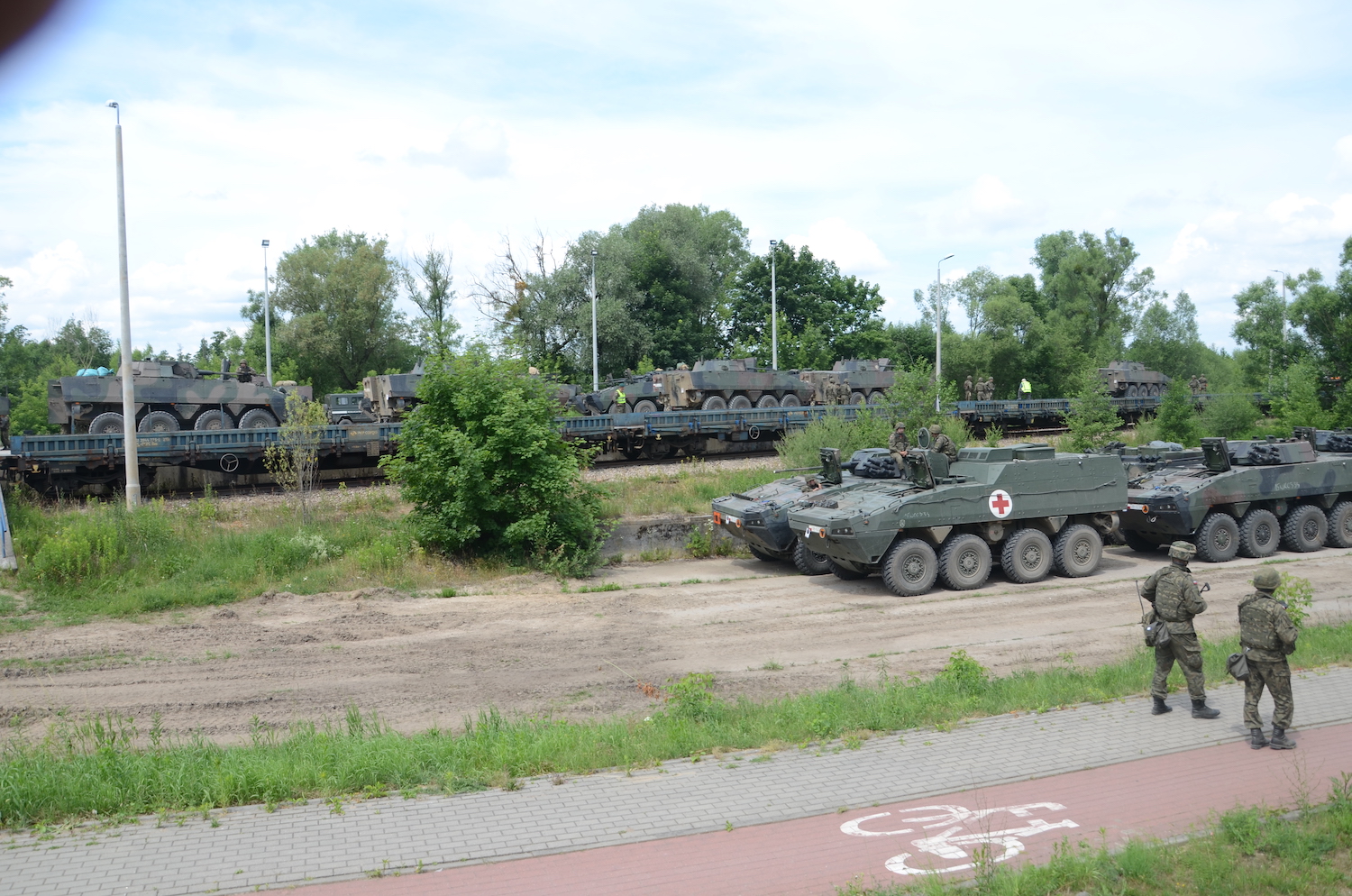
Also, we should also consider an idea to support the expansion the dual use infrastructure, so that the cost incurred could be potentially classified within the framework of the national defense expenditure as required by the NATO commitments. The report by CEPA and ICDS discusses both advantages and disadvantages of such an approach. When it comes to storage infrastructure, the authors of the report suggest that investments shall be made in the areas related to infrastructure that would be used to store the heavy assets belonging to the NATO nations in the eastern flank area. Old Warsaw Pact infrastructure after relevant modernization could be potentially used for that purpose. Storing the equipment on-site, which has been a practice already implemented in Powidz where a US Army’s mechanized brigade would store its equipment, shall make it easier to deploy forces to the region in conflict circumstances.
Operational Coordination
The coordination between a myriad of bodies involved in deployments also poses a major challenge. Currently the division of responsibilities that would be clearly defining the potential cooperation simply does not exist. Joint Support and Enabling Command is commonly said to be responsible for this. However, the authors suggest that role of the JSEC is not really understood here.
Still, JSEC shall receive investments in this domain. The Command in question shall be equipped with means that could be used by this structure to create a clear situational picture, within the scope of logistics and deployment status. Another recommendation within the report is to carry out simulation games using a variety of scenarios that would highlight potential problems and related matters. NATO Force Integration Units’ role shall also be reviewed, as JSEC has been created.
Host Nation Support and Exercises
Host Nation Support effectiveness has also been indicated as a relevant matter here. Even though the Baltic States claim that they are capable, their capacity has not been fully tested. It was tested only partially, during some of the exercises organized in the region.
The effectiveness may be improved, the report claims, through enhanced NATO/US deployment planning procedures, when it comes to deployments to the host nations’ territories. This should be done to optimize the prioritizing processes in the area of infrastructure investments and to conduct such investments in a way that could meet the specific requirements of mobility for the supporting forces. The moves here shall also be justified in the eyes of the taxpayers. Very High Readiness Joint Task Force – the VJTF requirements shall also be a subject to standardization, with that process being as expansive as possible.
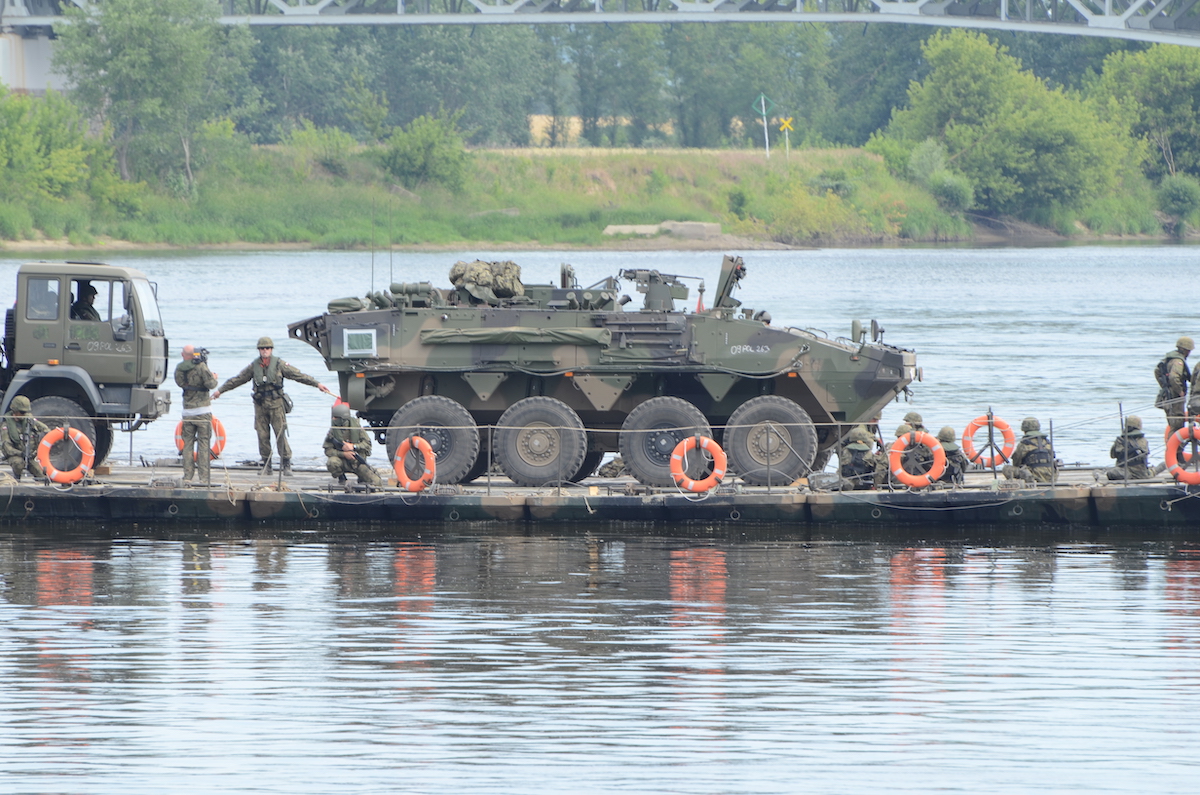
The authors also recommend testing of the existing deployment system through organization of major exercises involving a lot of personnel and equipment, so that a high load is imposed on the system, following the “train as you fight principle”. At the same time, the smaller training activities shall not be overlooked. It is recommended that the parties involved shall be ready to witness ineffective nature of the plans adopted for exercises as such. Ad hoc solutions should be found here. The parties involved shall not pretend that everything went smoothly. Just the opposite. The logistics shall be a subject to detailed scrutiny and relevant conclusions shall be implemented in practical manner in the future.
The report also shows that cooperation between NATO and the EU shall be further developed, with extra attention paid to information exchange and avoiding procedural, tasking and competitive redundancies. Deployment is already enough complex, the authors suggest. Undoubtedly, creating an ability to efficiently deploy forces, also in crisis scenario, is a key element of the collective defense system.

